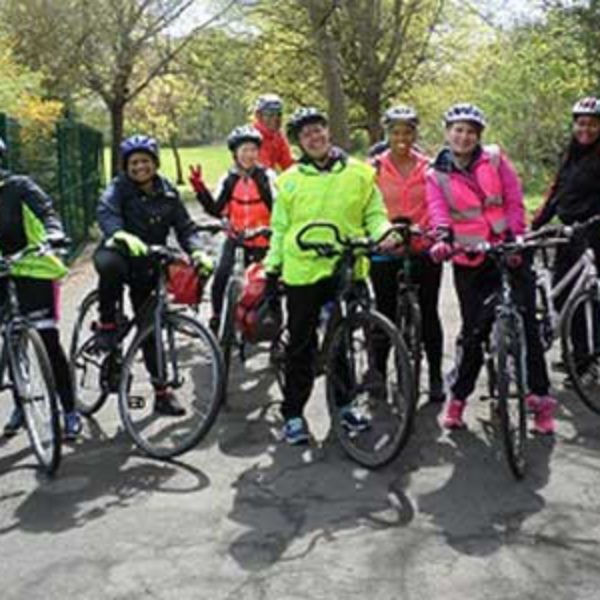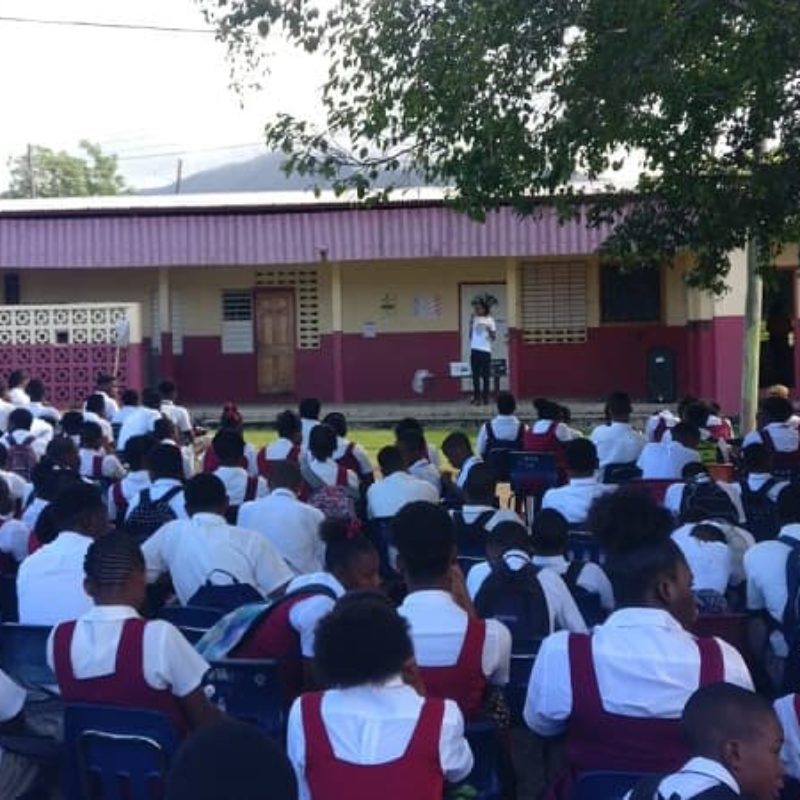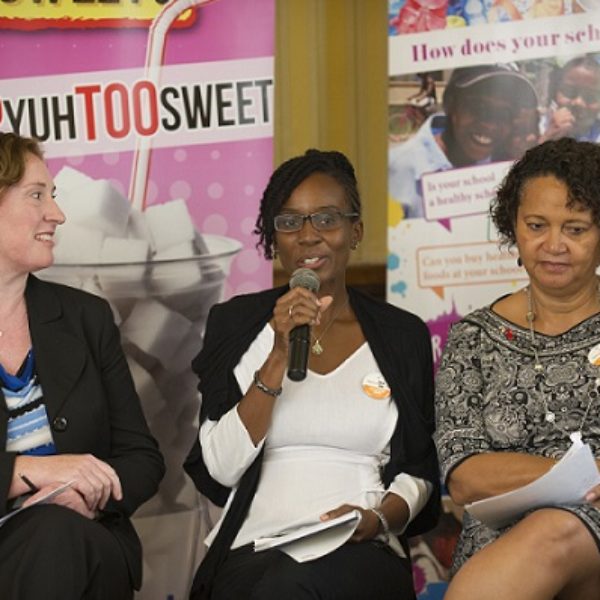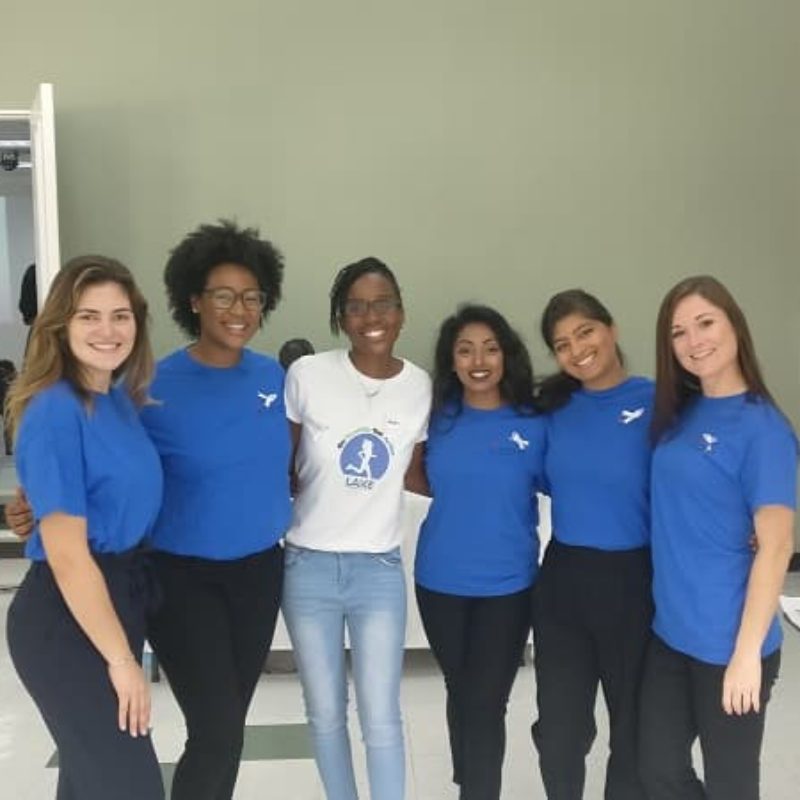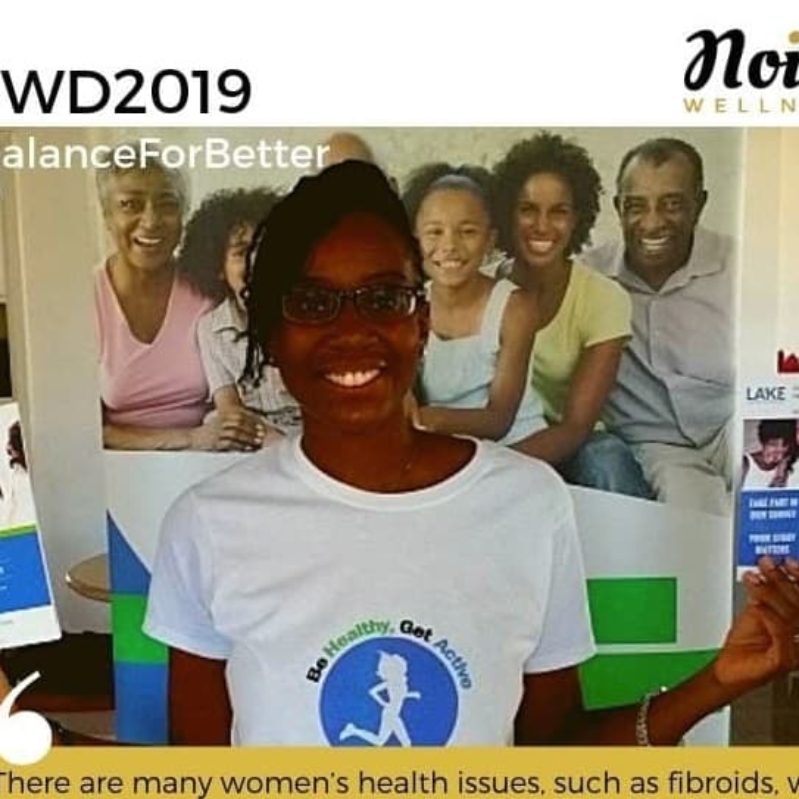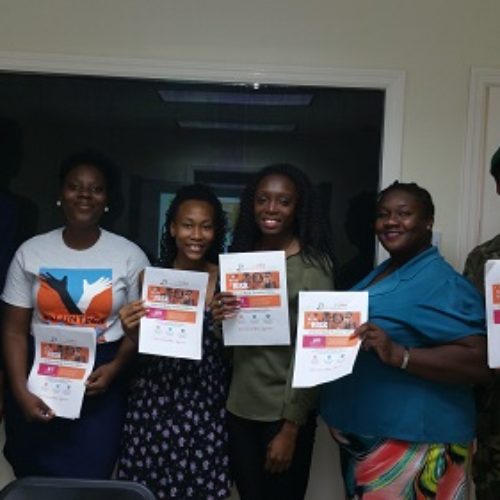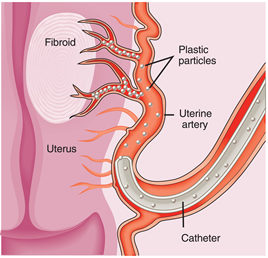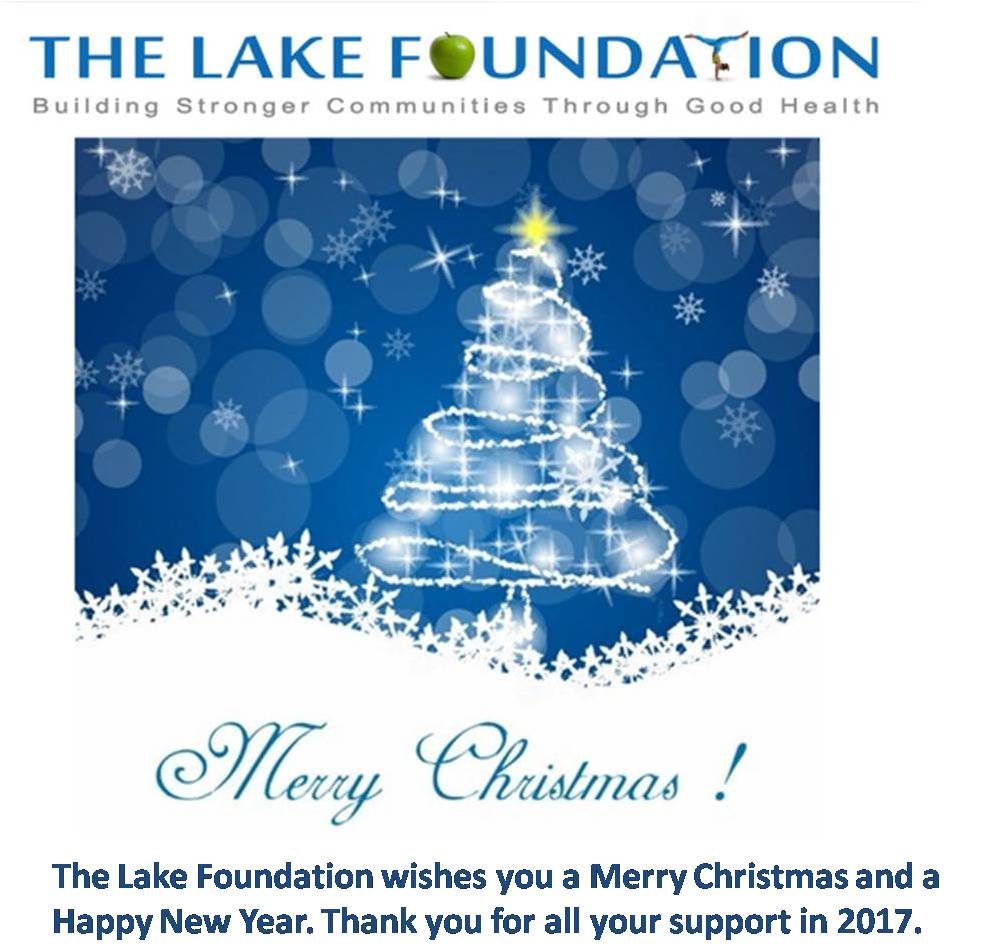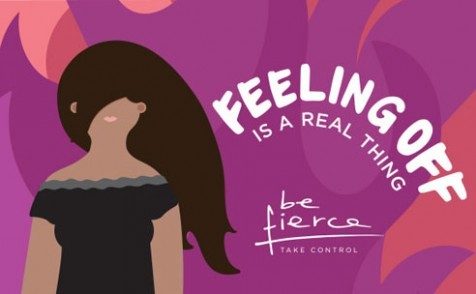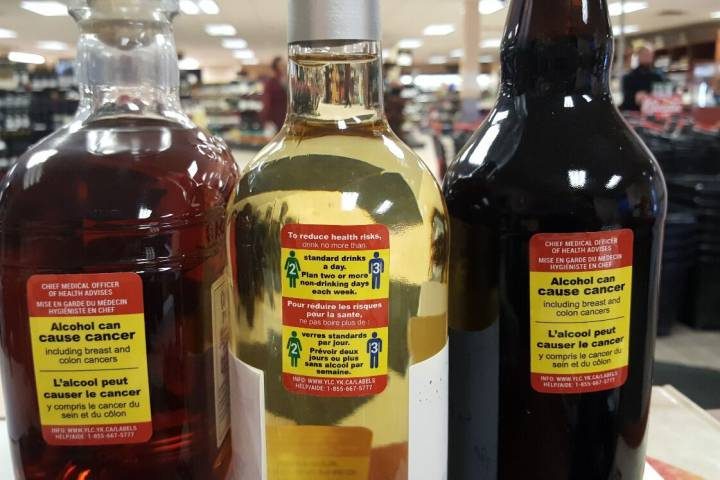Welcome to this blog series on gardening and our health and well-being. Over the next couple of months, we’ll be taking you on a personal journey as we explore the health and well-being benefits of gardening for ourselves. We’ll tell you how we started, show you our garden, what we’re growing and share some of what we’ve learnt along the way. Today we start off with a quick introduction. Enjoy!
When many of us think of gardening, we think of it as hard manual labour and a chore. We wonder why anyone would spend a weekend in the garden when they could be doing something else. Well, research (and personal experience) has shown that gardening is not only fun but can play an important role in improving our physical and mental health. The benefits are so effective that a whole industry of therapeutic horticulture exists and has been in existence, in some form or another, since the early 19th century.
Thrive, a charity that was founded 35 years ago, uses gardening to bring about positive changes in the lives of people with a disability, who are experiencing ill-health, are isolated, disadvantaged or vulnerable. They describe the health benefits of gardening as:
- Better physical health through exercise and muscle strengthening
- Improved mental health through a sense of purpose, achieving a sense of peace and tranquillity, restoring attention and stress alleviation
- The development of life skills
Gardening and Physical Health
Gardening is no joke! It can be really hard work. Mowing the lawn, digging, weeding and raking can leave you feeling physically exhausted. This is a really good thing as it means you’re getting some serious exercise.
A research study published in 2014 showed that digging and raking equated to high-intensity exercise whilst other activities such as weeding, sowing seeds, harvesting, watering and planting transplants were found to be equivalent to moderate-intensity exercise. This means that spending time working on your garden every day could enable you to achieve the government’s recommended amount of physical activity (150 minutes a week), and because of the variety of tasks performed in the garden you’ll be getting both a cardiovascular and muscle strengthening workout.
Regular gardening has an impact on our physical health as the exercise we achieve from it can improve the health of our heart, help with weight loss and reduce our risk of developing heart disease, diabetes, stroke, cancer, fibroids and a number of other health conditions.
The Mental Health Benefits
Gardening makes you feel good. The excitement of seeing your seeds sprout, the peace and tranquillity of having some quiet time in your garden, the accomplishment you feel when you harvest your first-fruits and gaining a new-found appreciation for nature all contribute to improving your emotions and state of mind. This is backed up by research too.
In 2013, researchers published a review of ten high-quality studies on garden-based mental health interventions. These studies all explored the benefits of gardening on people with mental health difficulties. All of them showed an improvement in the symptoms of depression and anxiety as well as a range of benefits including emotional, social, vocational, physical and spiritual.
Gardening and a Healthy Diet
 Many people who delve into the world of gardening explore growing their own fruits and vegetables. Growing your own produce is a fun and rewarding way of introducing more fruits and vegetables into your diet; it can be a way to introduce a lot of these into your diet as one, say, tomato plant can provide an abundance of tomatoes, meaning your diet can be more plant-based. This type of diet has a number of health benefits including reducing the risk of cancer, diabetes and heart disease.
Many people who delve into the world of gardening explore growing their own fruits and vegetables. Growing your own produce is a fun and rewarding way of introducing more fruits and vegetables into your diet; it can be a way to introduce a lot of these into your diet as one, say, tomato plant can provide an abundance of tomatoes, meaning your diet can be more plant-based. This type of diet has a number of health benefits including reducing the risk of cancer, diabetes and heart disease.
In addition to this, as you’ll be growing these yourselves you can avoid some of the harmful pesticides that are commonly used in commercially grown fruits and vegetables, avoid genetically modified products and you’ll get very fresh fruit and veg which many have said are tastier than store-bought products.
The Development of Life Skills
To grow anything requires you to develop and utilise a number of skills. These include problem-solving (coming up with solutions when your plants don’t look right), patience, discipline, time-management, research (understanding the plant you’re growing), perseverance and a basic understanding of plant biology. Gaining these skills improves confidence and there is the added benefit that some of these skills are transferable to other areas of your life. Being empowered with these skills improves a person’s overall well-being, improving their outlook on life and leading to significant personal development.
Conclusion
Whilst at first glance gardening may not seem that inspiring when you explore it further you can see the huge benefits it can have on your well-being. So… if you’re looking for a fun, yet practical way to get fit, active and healthy why not try a bit of gardening. We’re trying it and we love it!
See you next time and happy gardening!
Let us know your thoughts on gardening for health benefits in the comments section below.

